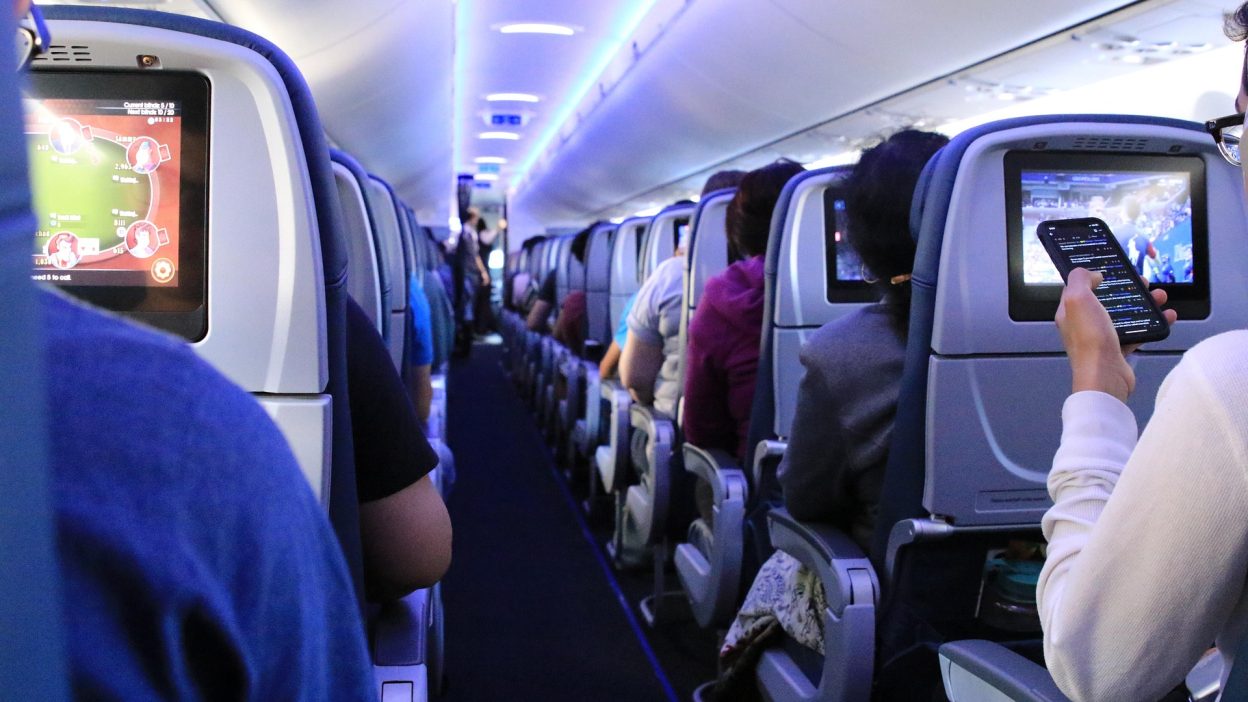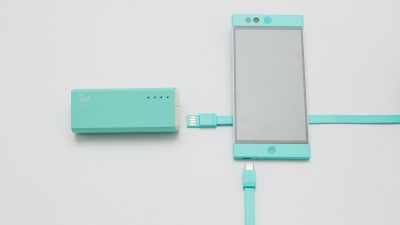Surprising reasons behind this simple rule
Discover the surprising reasons behind this simple rule and how it ensures a safer journey for everyone on board.
Why Are We Asked to Switch to Airplane Mode?
If you’ve ever travelled by plane, you’ve probably heard the announcement: “Please set your electronic devices to airplane mode or switch them off.” While this request might seem unnecessary, it plays a crucial role in ensuring the safety of your flight. But why is it important? Let’s break it down.
What Is Airplane Mode and How Does It Work?
Airplane mode isn’t just a nifty little icon of a plane on your smartphone. When activated, it disables all wireless communication functions, including Wi-Fi, GSM, and Bluetooth. Essentially, your device stops transmitting signals that could interfere with the aircraft’s equipment.
Modern aircraft rely on highly-sensitive electronic systems for navigation, communication, and flight control. Even a single mobile phone searching for a signal can emit frequencies that overlap with these critical systems. Imagine dozens of gadgets doing the same—it’s a potential recipe for disaster.
Why Locking Your Phone Isn’t Enough
You might think that simply locking your phone or letting it “sleep” is sufficient. However, even when idle, your phone continues to search for a network. This constant signal transmission could overlap with the frequencies used by the aircraft’s communication and navigation systems, especially during the critical phases of takeoff and landing.
Takeaway: If your device doesn’t have airplane mode, the safest option is to turn it off entirely.
The Risks of Ignoring Airplane Mode
- Interference with Navigation and Communication:
Aircraft rely on complex radio systems to communicate with air traffic controllers and navigate safely. Strong signals from phones or tablets can cause interference, making it difficult for pilots to receive crucial instructions. - The Danger of Combined Signals:
A single device may not cause significant issues, but if multiple passengers leave their gadgets on, the combined signals can become overwhelming. This has, in the past, led to anomalies in navigation equipment, such as a 30-degree deviation caused by a portable DVD player. - Critical Moments Require Precision:
Takeoff and landing are the most challenging parts of a flight. Any disruption to communication or navigation during these moments could potentially lead to emergencies.
Can a Phone Actually Crash a Plane?
While no recorded plane crash has been directly attributed to active electronic devices, the potential for interference remains real. A NASA report highlighted over 50 incidents of electronic devices causing safety concerns, including navigation errors. These reports underscore why airlines enforce this precautionary rule.
Even if the likelihood of an accident is low, why take the risk?
Which Devices Are Safe to Use on a Plane?
- Always Safe to Use:
Devices like cameras, voice recorders, and hearing aids that don’t transmit data are safe throughout the flight. - Safe on Airplane Mode:
Smartphones, tablets, e-books, and laptops can be used on airplane mode. Some airlines also allow you to turn on Wi-Fi once the plane is cruising at a stable altitude. - Know Your Airline’s Rules:
Policies vary by airline, so it’s always a good idea to check the rules before boarding.
How to Stay Connected in the Air
Missing the Internet while flying? Many airlines now offer in-flight Wi-Fi, which operates via satellites rather than cell towers, making it safe for use. This allows you to access email, social media, and streaming platforms like Netflix, depending on the strength of the connection.
Pro Tip: In-flight Wi-Fi isn’t free on most airlines. Prices typically range around $9-$20 per flight, but some carriers, like Qantas, are known for offering complimentary high-speed connectivity.
Is Airplane Mode Really Necessary? Final Thoughts
While it’s unlikely that a single device left on will cause a catastrophe, the combined interference from multiple gadgets can jeopardise flight safety. Airplane mode is a small action on your part that ensures smooth communication and navigation for the pilots. Let’s respect the hard work of the crew and the technology that keeps us safe in the skies. It only takes a second to switch to airplane mode, so why not do it?




